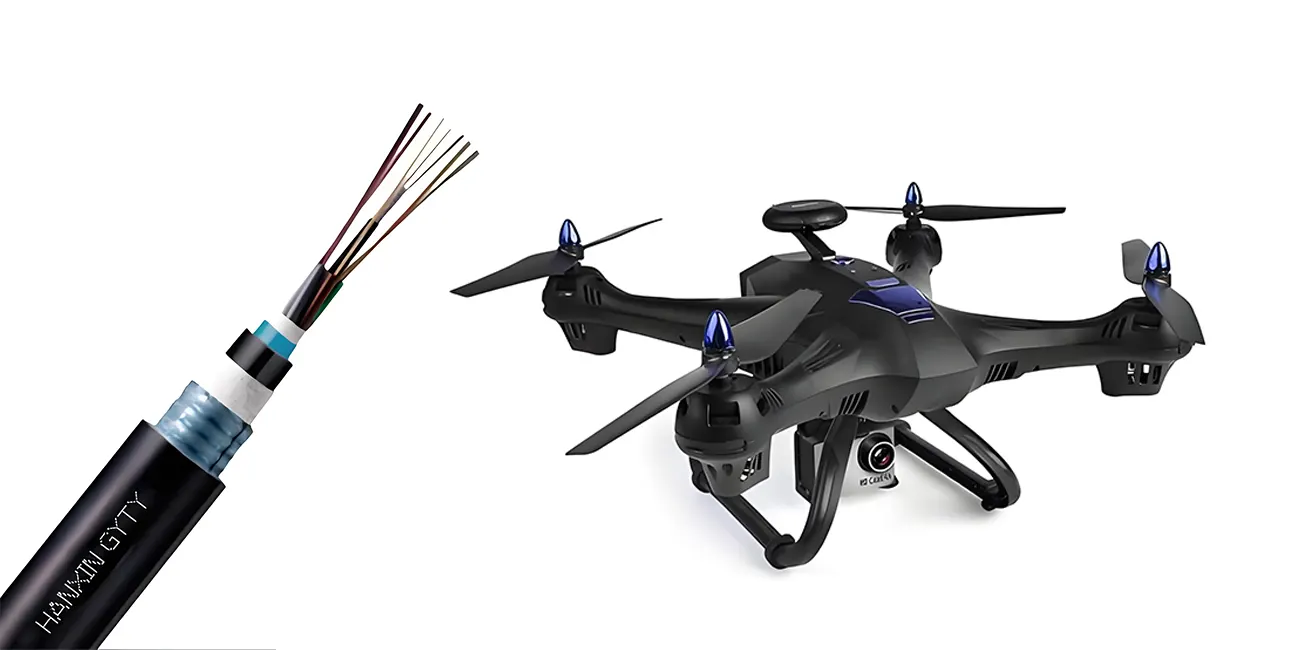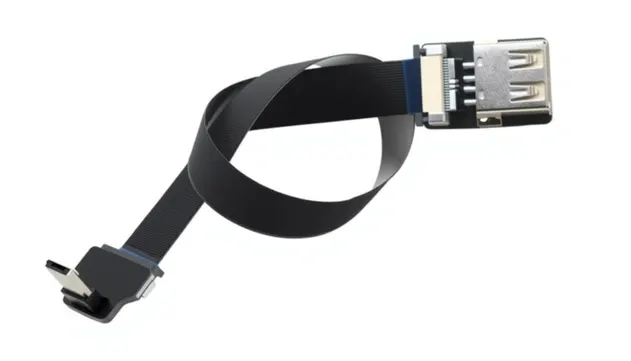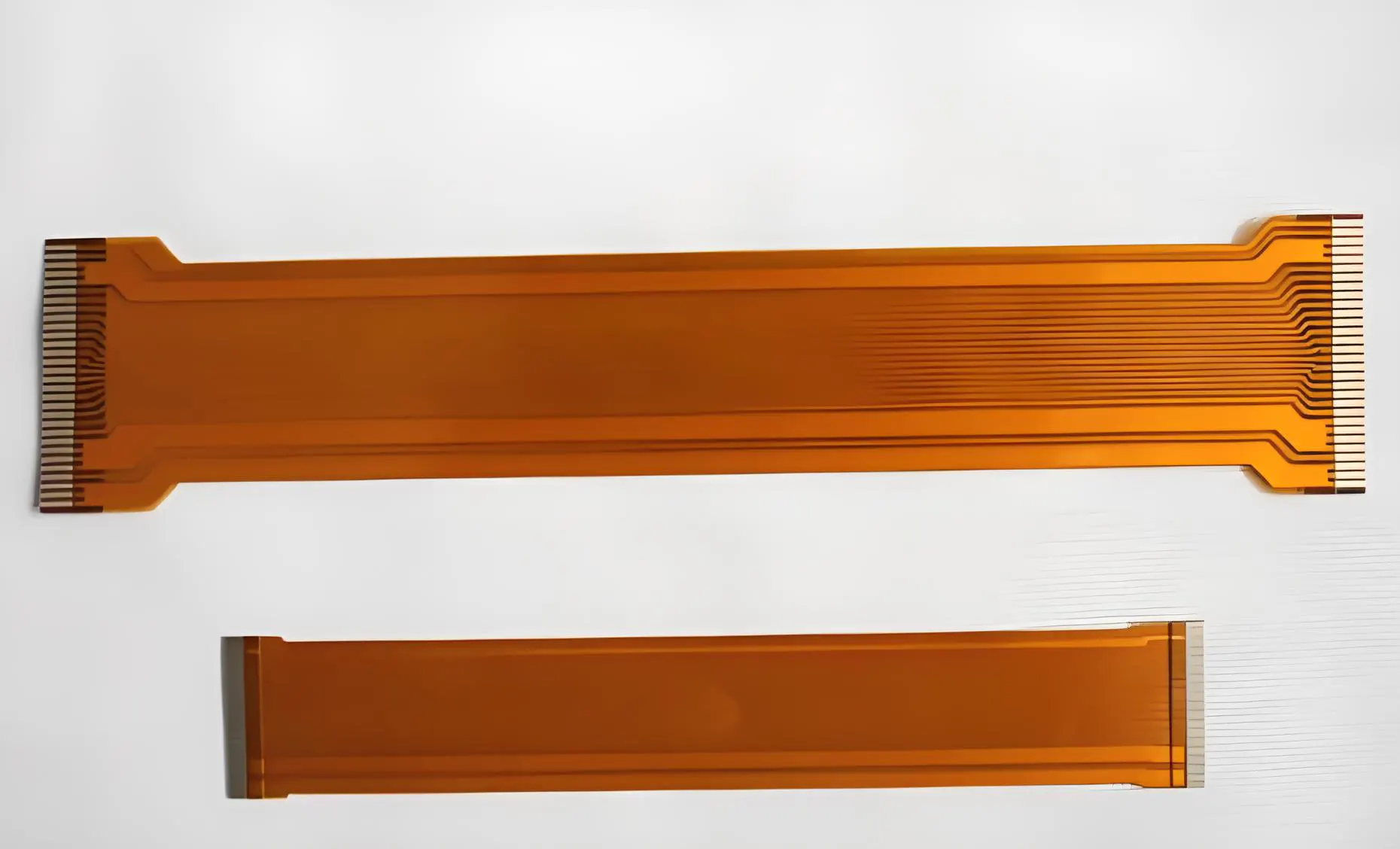
By quanyu lee
2025-08-12 02:15:32
Lightweight UAV cable solutions
In unmanned aerial vehicle (UAV) design, lightweight UAV cable solutions are not just a means of reducing weight; they are also crucial for improving overall performance, extending flight time, and enhancing system reliability. Through innovations in material selection, structural optimization, and manufacturing processes, lightweight UAV cables can reduce weight while ensuring high-speed signal transmission and durability, meeting the stringent requirements of the aviation and defense sectors.
Design principles for lightweight drone cables
On a drone platform, every gram of weight gain can affect flight time and maneuverability. Therefore, the design of lightweight cables follows the following principles:
1. Material Optimization
High-strength, low-density conductor and insulation materials, such as silver-plated copper alloy, PTFE, or FEP insulation, are selected to ensure conductivity and environmental resistance while reducing weight.
2. Structural Streamlining
Redundant structures are reduced by reducing the number of conductor strands, optimizing shield braid density, and optimizing cable layout.
3. Functional Integration
Power, signal, and data transmission functions are integrated into the same cable, reducing the number of cables and further reducing overall weight.
Advantages of Lightweight Drone Cables
1. Improved flight endurance and payload capacity
Reduced cable weight directly reduces flight load, enabling drones to carry more sensors or conduct longer missions.
2. Guaranteed signal integrity
The high-shielding efficiency structural design effectively reduces electromagnetic interference (EMI) and ensures the stability of high-speed data links, making it particularly suitable for tasks such as high-definition video and real-time transmission.
3. Enhanced environmental adaptability
Lightweight cables generally offer excellent resistance to heat, chemicals, and vibration, maintaining stable performance in environments with high altitudes, extreme temperature fluctuations, or severe vibration.

Typical application scenarios
Reconnaissance and surveillance drones
Lightweight cables connect high-resolution cameras, infrared sensors, and flight control systems, ensuring stable power and data transmission during long missions.
Logistics and transportation drones
Reducing cable weight increases payload capacity, enabling longer range when delivering cargo.
Agricultural plant protection drones
Provide a stable connection between the spraying system and navigation module, reducing energy consumption and extending operational time.
Military tactical drones
Meet demanding environmental and mission requirements while ensuring high signal confidentiality and anti-interference capabilities.
Comparison of lightweight drone cables and ordinary wiring harnesses
| Contrast Dimensions | Lightweight drone cables | Ordinary wiring harness |
| weight | The use of lightweight materials and optimized structure significantly reduces the overall weight | Uses traditional copper wire and standard insulation materials, which is heavy |
| Flexibility | Fine twisting and ultra-thin insulation design improve flexibility and adaptability | The insulation layer is thick and has average flexibility, making it unsuitable for complex wiring environments. |
| Temperature resistance | High temperature materials such as polyimide (PI), fluorinated ethylene propylene (FEP) | Ordinary PVC insulation, limited heat resistance |
| Anti-electromagnetic interference | Optimize shielding structure to effectively improve electromagnetic compatibility (EMC) | The shielding layer is simple and the anti-interference ability is weak |
| Transmission performance | Design supports high-speed data and power integrated transmission | Mainly supports low-speed signal transmission |
| Application scenarios | Designed for high-performance applications such as drones, meeting lightweight and high reliability requirements | Widely used in general electronic equipment and machinery |
| cost | The materials and manufacturing processes are relatively advanced, but the cost is relatively high | Low cost, suitable for large-scale general applications |

Compared to conventional wiring harnesses, lightweight drone cables offer superior performance and are particularly well-suited for drone systems with stringent flight performance and endurance requirements. While costly to manufacture, their advantages in extended flight range, signal stability, and environmental adaptability make them a preferred solution for drone wiring harness design.



